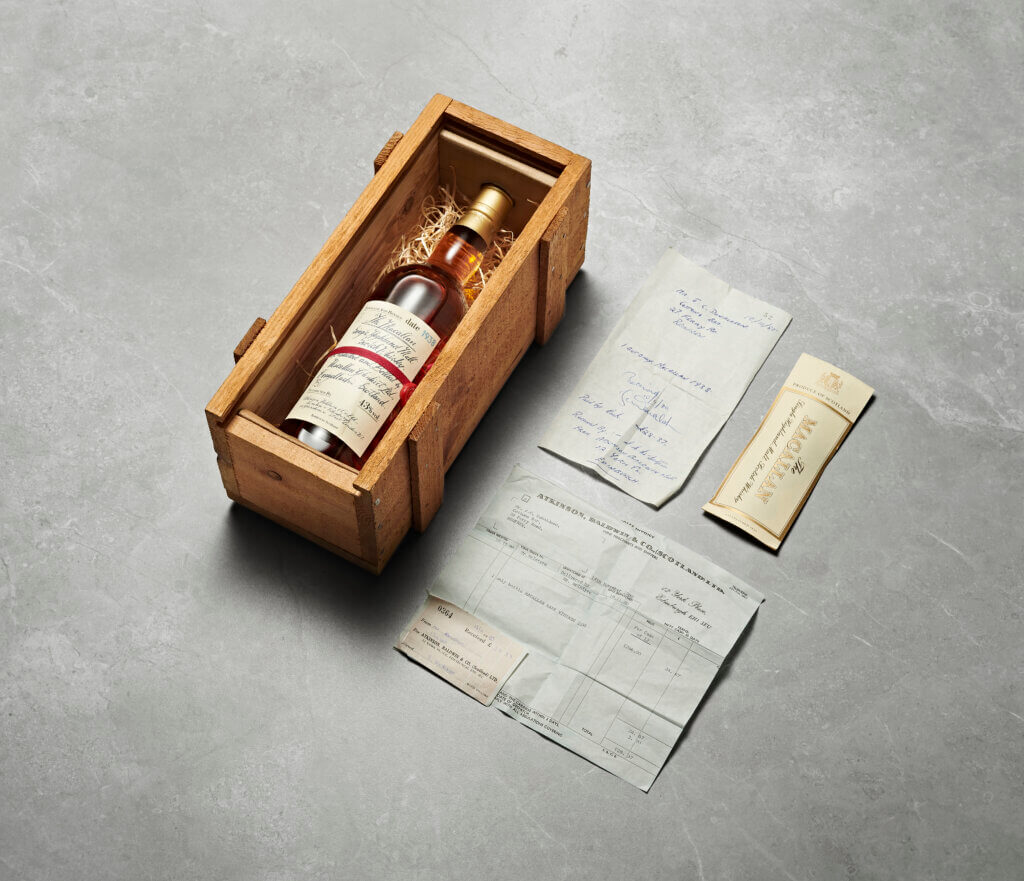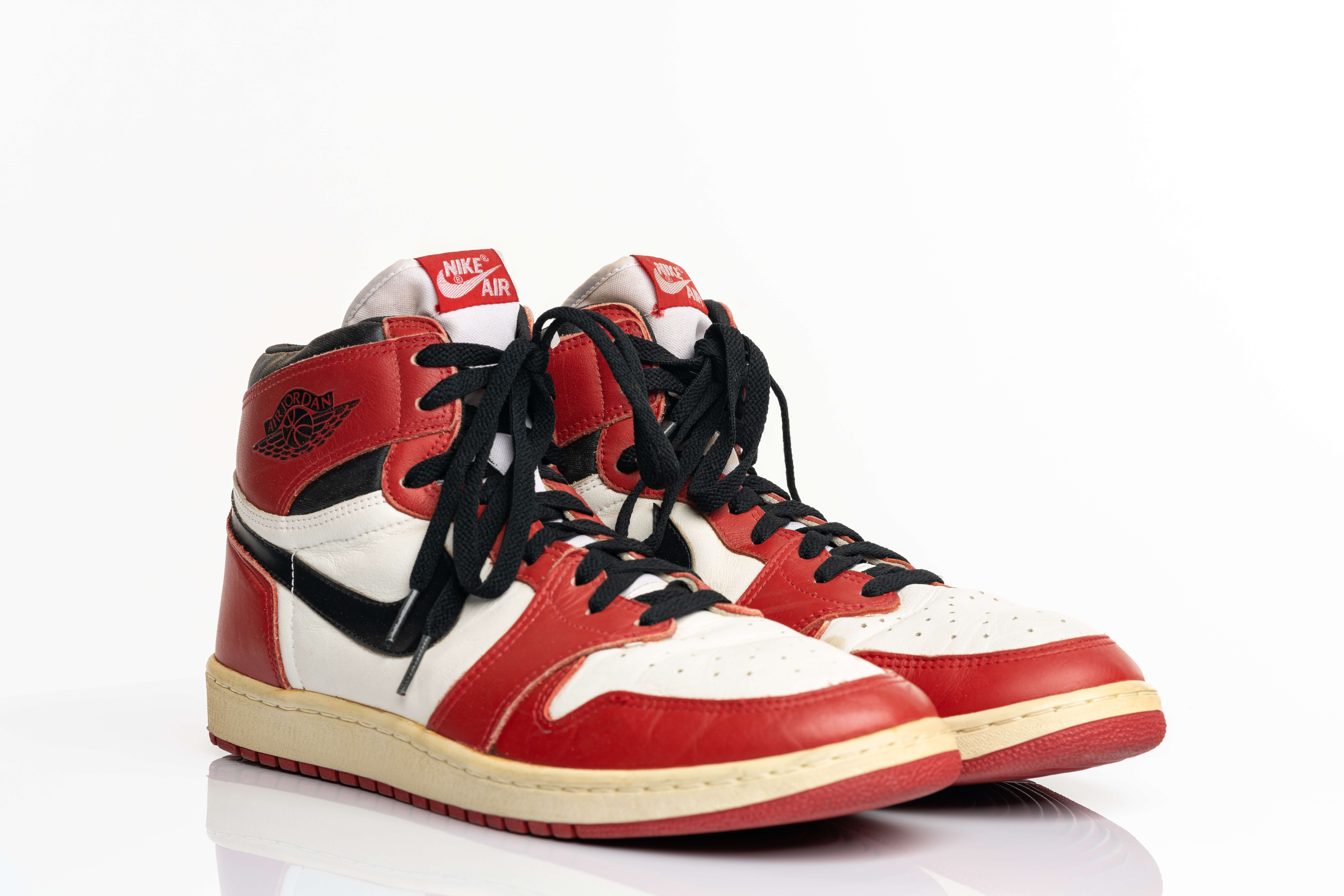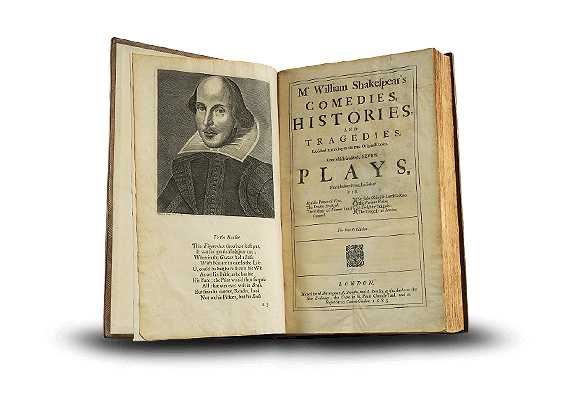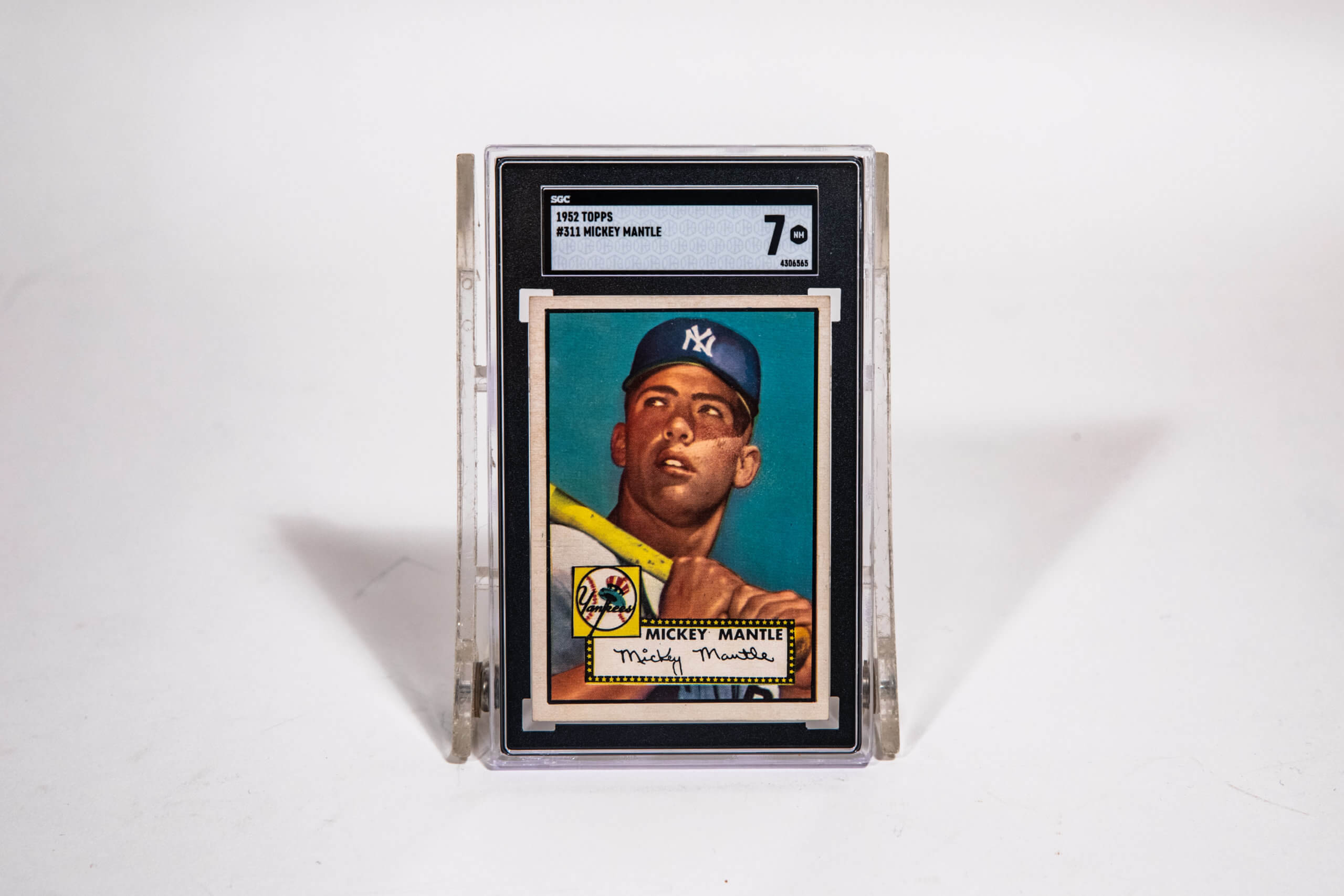Blog > Stories
The ‘38 Macallan Red Ribbon: A Stubborn Life
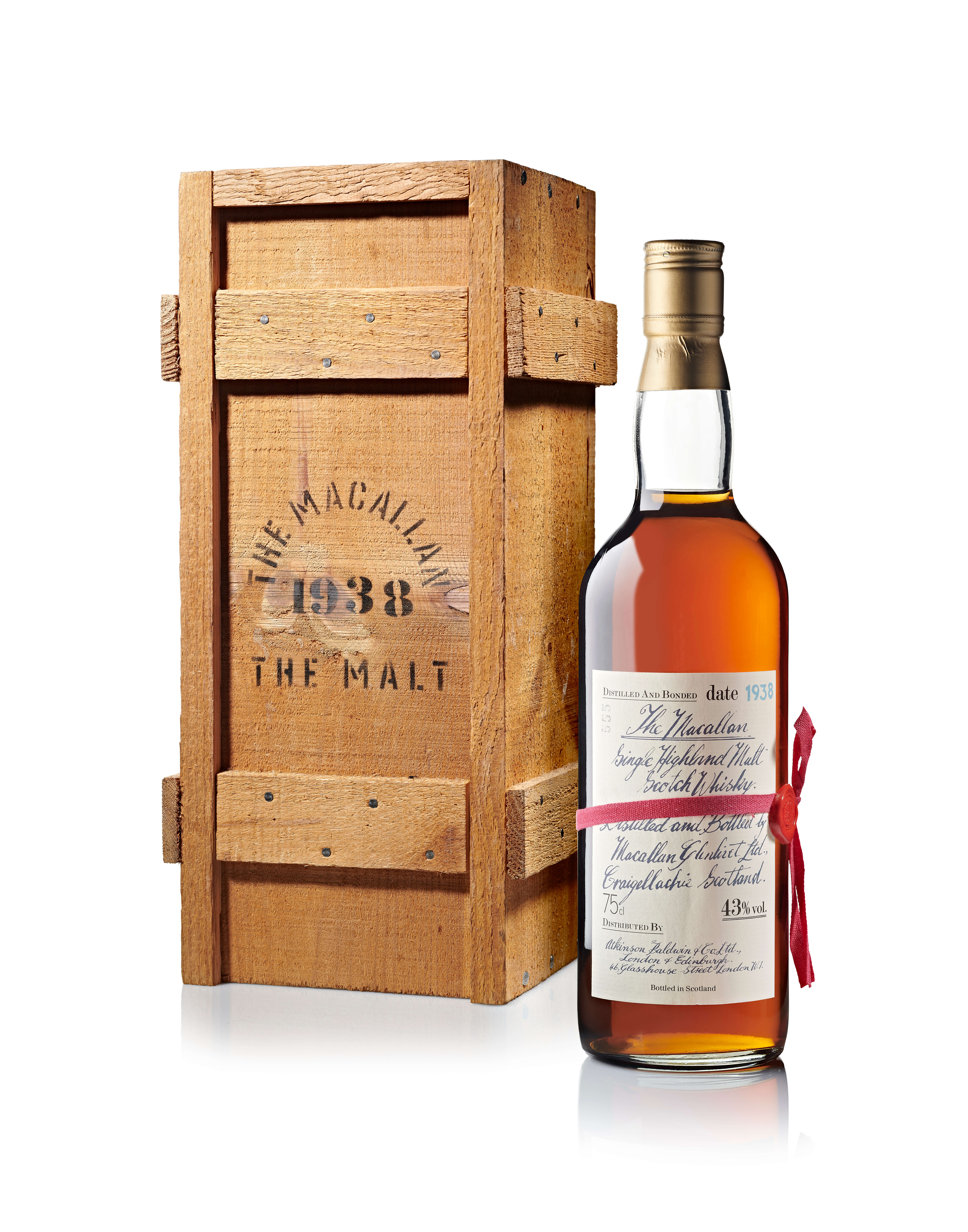
Blog > Stories
The ‘38 Macallan Red Ribbon: A Stubborn Life

Follow the incredible journey of Macallan’s 1938 Handwritten Label Scotch Whisky from barley to bottle
Macallan’s 1938 Single Malt Scotch Whisky is rare. It’s housed in a wooden case, adorned in a red ribbon and wax seal, and its details written by hand in grand script across a creamy label. If one needed any indication this isn’t just your run-of-the-mill whisky, it’s presentation does an adequate job. But it doesn’t begin to do justice to the liquid inside the bottle.
Simply put, it contains a paragon. The pre-war single malt Scotch, for all its glory, its prestige, its exquisite taste, seems to have fought a cosmic force hellbent on seeing it wiped from existence. From the moment it was extracted from the barley of the Scottish countryside, to the moment it was bottled and distributed for the world to enjoy, its hard-fought and won battle, from politics and wartime restrictions, to bombs, to the fickle tastes of the 1980s grants the bottle relic status. Not even James Bond himself could conquer the bottle so keen on seeing its contents grace the lips of Scotch enthusiasts who struggle to put its beauty into words.
Is the Macallan ‘38 giving Braveheart vibes? Yes, it kind of is.
1400s: Tax Me If You Can
As if the 1938 had a scamp-like survival written into its DNA, the history of Scotch itself is one of muddied details and tax evasion. Scotch whisky has been produced in Scotland as early as the 15th century, with an entry in tax records reading, “Eight bols of malt to Friar John Cor wherewith to make acqua vitae.” That’s right, whisky was referred to as acqua vitae, or “the water of life”, and eight bols was enough barley malt to produce about 1,500 bottles of the life-giving spirit.

Not only was there a method for producing whisky in the 1400s, there seemed to be a healthy demand. While Friar John Cor was seemingly producing his whisky above board, illicit Scotch production was rampant for several hundred years, with about half of the whisky consumed in Scotland being illegal and untaxed. The origins of Macallan likely fell into this undocumented category. If there was any question that the drink was beloved among Scotsmen, Robert Burns waxed lyrical about the whisky for 22 stanzas in his poem Scotch Drink, declaring, “Inspire me, til I lisp an’ wink, to sing thy name!” Who was Robert Burns? He was a tax man tasked with sniffing out illicit production. One can only imagine how many lines of poetry the ‘38 would conjure.




